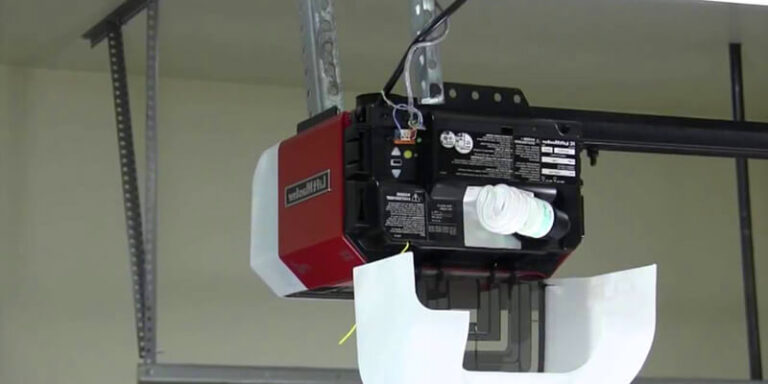Rising Waters, Rising Challenges: Tips for Car Repair During Flood Emergencies
Introduction:
In the face of natural disasters like floods, the safety and maintenance of our vehicles often take a backseat. However, neglecting your car’s well-being during such emergencies can lead to costly repairs and even compromise your safety. In this guide, we’ll discuss essential tips for car repair during flood emergencies, ensuring you’re prepared to tackle any challenges that arise.
Assessing the Damage:
The first step in managing your vehicle post-flood is a thorough assessment of the damage. Look for signs of water intrusion, such as damp carpets, water lines on the interior, and a musty odor. Additionally, check the engine bay and undercarriage for debris and mud accumulation. If the water level reached the engine’s intake, it could lead to severe damage.
Immediate Actions:
If your car has been submerged, refrain from attempting to start it as this can cause further damage to the engine and electrical systems. Instead, contact a reputable car repair service near you immediately. Many professional services offer on-site inspections and repairs, including car service at home, ensuring your safety and convenience during these challenging times.
Drying Out:
Once the floodwaters recede, it’s crucial to dry out your vehicle thoroughly to prevent mold and corrosion. Open all doors and windows, and use fans or dehumidifiers to accelerate the drying process. If possible, remove the seats and carpets to facilitate drying and inspect for any signs of damage or contamination.
Electrical System Checks:
Floodwaters can wreak havoc on a car’s electrical system, causing malfunctions and short circuits. Have a professional mechanic inspect the wiring, fuses, and electronic components for signs of water damage. They can also perform diagnostic tests to ensure everything is functioning correctly and address any issues promptly.
Fluid Changes:
Floodwaters can contaminate your vehicle’s fluids, including engine oil, transmission fluid, and brake fluid. It’s essential to have these fluids flushed and replaced to prevent damage to vital components. A qualified mechanic can perform these fluid changes safely and efficiently, restoring your car’s performance and reliability.
Engine Inspection:
The engine is particularly vulnerable to water damage during floods, as water intrusion can lead to hydro lock, bent connecting rods, and damaged bearings. A comprehensive engine inspection by a trained professional is essential to identify any issues and prevent further damage. This may involve removing the spark plugs and cranking the engine to expel any water trapped inside the cylinders.
Brake System Evaluation:
Floodwaters can compromise the effectiveness of your vehicle’s brakes by contaminating the brake fluid or causing corrosion on brake components. A thorough inspection of the brake system, including pads, rotors, and brake lines, is crucial to ensure your safety on the road. Any signs of damage or wear should be addressed promptly to maintain optimal braking performance.
Preventive Measures:
While it’s impossible to predict when a flood will occur, taking preventive measures can minimize the risk of damage to your vehicle. Consider installing a waterproof cover or raising your car on jack stands during flood warnings to prevent water intrusion. Additionally, storing important documents and valuables in waterproof containers can help protect them from damage.
Conclusion:
Flood emergencies present unique challenges for car owners, but with proper preparation and prompt action, you can minimize the damage to your vehicle and ensure your safety on the road. Remember to assess the damage, contact a professional car repair service near you, and address any issues promptly to restore your car’s performance and reliability. By following these tips, you’ll be better equipped to navigate the rising waters and challenges that come with flood emergencies.


